Home>Ideas and Tips>The Best Time To Fertilize Your Lawn In The South
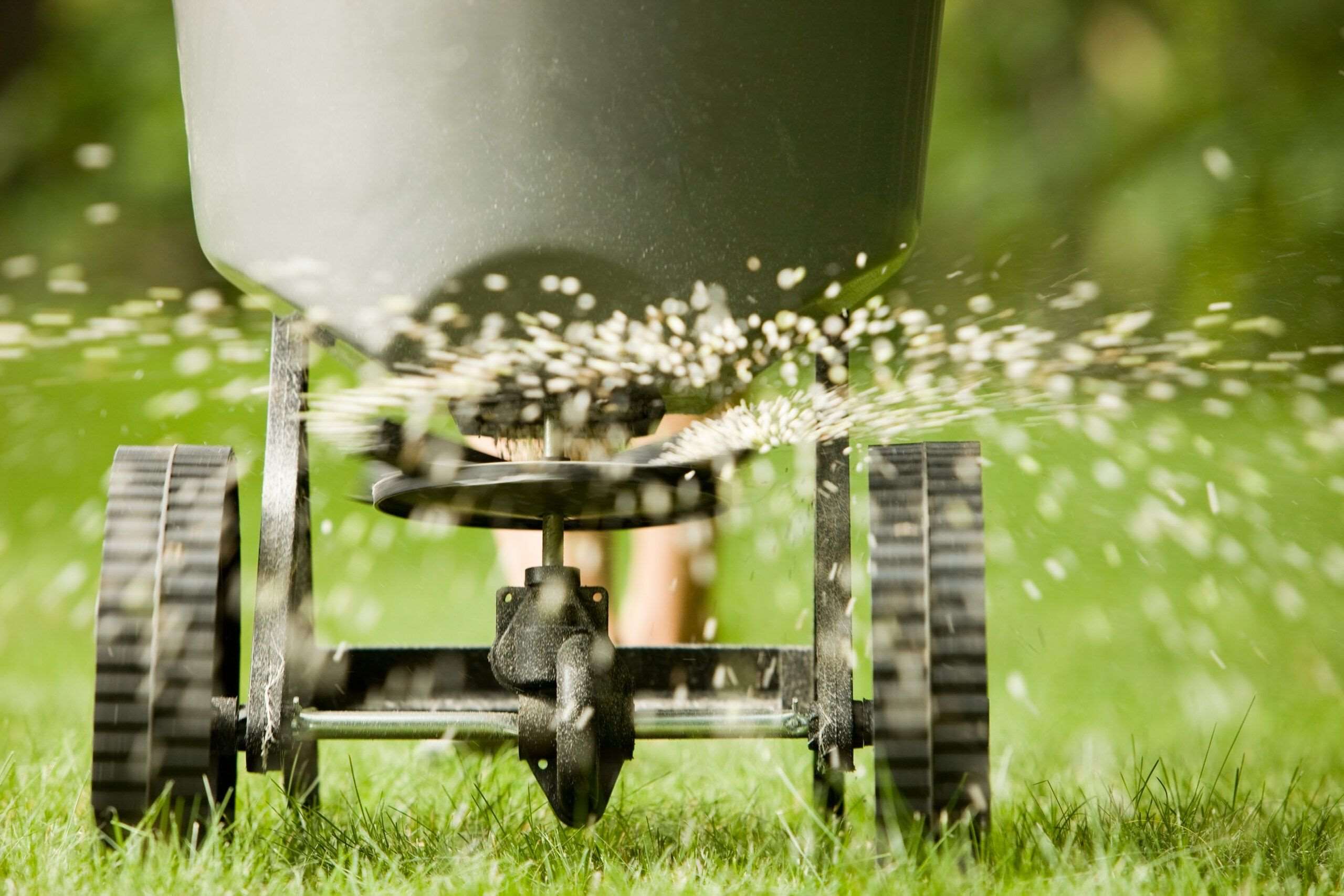

Ideas and Tips
The Best Time To Fertilize Your Lawn In The South
Published: September 25, 2024
Discover the best times to fertilize your Southern lawn for lush, green grass. Learn tips for both cool-season and warm-season grasses.
(Many of the links in this article redirect to a specific reviewed product. Your purchase of these products through affiliate links helps to generate commission for Storables.com, at no extra cost. Learn more)
Fertilizing your lawn is one of the most crucial steps in maintaining a lush, green, and healthy outdoor space. However, timing is everything when it comes to fertilizing your lawn, especially in the southern United States where warm-season grasses dominate. In this article, we will delve into the best times to fertilize your lawn in the South, considering both cool-season and warm-season grasses.
Understanding Your Grass Type
Before we dive into the specifics of when to fertilize, it's essential to understand the different types of grasses found in the South. The primary distinction lies between cool-season and warm-season grasses.
Cool-Season Grasses
Cool-season grasses thrive in cooler temperatures and are typically found in the northern parts of the United States. However, they can also be present in transitional zones where temperatures are more moderate. Common types of cool-season grasses include Kentucky bluegrass, perennial ryegrass, fine fescue, and tall fescue.
Peak Growing Periods:
- Early Spring: Cool-season grasses start to green up right after winter dormancy.
- Early Fall: These grasses also grow actively during the early fall season.
Extreme Conditions:
- Summer Heat: Cool-season grasses may go dormant during extreme summer heat and lack of water.
- Winter Dormancy: They typically turn brown in the winter months.
Warm-Season Grasses
Warm-season grasses, on the other hand, flourish in the southern United States where temperatures are higher. They have an extensive and deep root system that allows them to thrive in hot conditions. Common types of warm-season grasses include Bermuda, bahia, centipede, St. Augustine, and zoysia.
Peak Growing Periods:
- Late Spring: Warm-season grasses start to actively grow in late spring.
- Early Summer: They continue to thrive throughout early summer.
Root System:
- Deep Roots: These grasses have a deep root system that helps them survive during hot summer months.
Factors to Consider When Choosing a Fertilizer
When selecting a fertilizer for your lawn, there are several factors to consider:
Nutrient Content
The primary nutrients needed by your lawn are nitrogen (N), phosphorus (P), and potassium (K). Nitrogen promotes leaf growth, phosphorus supports root development, and potassium enhances overall health. Look for a fertilizer that provides the right balance of these nutrients based on your grass type.
Slow-Release vs. Quick-Release
Slow-release fertilizers provide nutrients gradually over an extended period, which can be beneficial for maintaining consistent growth without frequent applications. Quick-release fertilizers, however, offer rapid progress but may require more frequent applications.
Formulation
Fertilizers come in various formulations such as granular, liquid, or soluble. Choose a formulation that suits your comfort level and the needs of your lawn.
When to Fertilize Your Lawn
The best time to fertilize your lawn depends on whether you have cool-season or warm-season grasses.
Cool-Season Grasses
For cool-season grasses:
- Spring Fertilization: Apply fertilizer in early spring when the grass begins to green up.
- Fall Fertilization: Fertilize again in early fall when the grass is actively growing.
PRO TIP: If you only fertilize once a year, choose the fall. This allows your grass to store much-needed nutrients during the winter months.
Warm-Season Grasses
For warm-season grasses:
- Late Spring Fertilization: Wait until nighttime temperatures are around 70°F (21°C) before applying fertilizer. This ensures that the grass has emerged from dormancy and is actively growing.
- Early Summer Fertilization: Continue to fertilize every 6-8 weeks during the active growing season.
PRO TIP: Avoid fertilizing too early in spring as this can lead to excessive shoot growth at the expense of root production, making your lawn more susceptible to dieback from late-season frosts.
Tips for Safe and Effective Fertilization
-
Check Soil Temperature:
- Ensure that the soil temperature is at least 55°F (13°C) before applying fertilizer. Early morning is an ideal time for application as it allows the fertilizer to soak into the soil with the morning dew.
-
Avoid Heavy Rain:
- Wait until the lawn has dried out slightly after heavy rain or stormy weather. Fertilizing during drought conditions can be detrimental as the grass will not be ready to absorb nutrients effectively.
-
Use a Lawn Spreader:
- Using a lawn spreader makes application easier and ensures even distribution of fertilizer across your lawn. Start by spreading it around the perimeter and then fill in the middle in straight lines.
-
Water After Application:
- Water your lawn after applying fertilizer to wash off the granules from the grass blades and allow them to soak into the soil.
-
Handle Fertilizer with Care:
- Always read and follow package instructions carefully when handling fertilizers. Wear gloves and safety glasses to protect yourself from potential skin and eye irritation. Keep pets and children out of the area during application, and sweep up stray granules from walkways afterward.
-
Store Unused Fertilizer Securely:
- Store unused fertilizer in a secure, dry place out of reach of pets and children to prevent accidental exposure.
Fertilization Schedule
Here’s a general fertilization schedule tailored for both cool-season and warm-season grasses:
Cool-Season Grasses
- Early Spring Fertilization: Apply between February and April when your grass starts to green up.
- Late Spring Fertilization: Apply again between April and June, about 6-8 weeks after the early spring feeding.
- Fall Fertilization: Apply once between August and November, right before winter hits, about 6-8 weeks after summer feeding.
Warm-Season Grasses
- Late Spring Fertilization: Wait until nighttime temperatures are around 70°F (21°C) before applying fertilizer.
- Early Summer Fertilization: Continue to fertilize every 6-8 weeks during the active growing season.
- Summer Fertilization: Apply once between June and August, about 6-8 weeks after late spring feeding.
- Fall Fertilization: Apply once between August and November, right before winter hits, about 6-8 weeks after summer feeding.
Read more: What Is The Best Fertilizer For Lawns
Additional Tips for Healthy Lawn Growth
- Maintain Proper Mowing Height: Keep your mower blade sharp and maintain the recommended mowing height for your grass type to promote healthy growth.
- Water Wisely: Water deeply but infrequently to encourage deep root growth rather than shallow watering which can lead to weak roots.
- Control Weeds: Regularly apply pre-emergent herbicides in early spring to control crabgrass and other weeds before they germinate.
- Overseed as Needed: Overseed bare patches or thin areas of your lawn during the fall season when conditions are ideal for new seedlings to establish themselves.
By following these guidelines tailored specifically for cool-season and warm-season grasses in the South, you can ensure that your lawn receives the necessary nutrients at the right time, promoting lush greenery throughout the year.
In conclusion, fertilizing your lawn is not just about applying nutrients; it's about timing those applications correctly based on your grass type. Whether you have cool-season or warm-season grasses, understanding when they are actively growing will help you make informed decisions about when to fertilize for optimal results. By combining these tips with proper lawn care practices such as regular mowing, watering wisely, controlling weeds, and overseeding as needed, you'll be well on your way to maintaining a beautiful and healthy lawn all year round.
Was this page helpful?
At Storables.com, we guarantee accurate and reliable information. Our content, validated by Expert Board Contributors, is crafted following stringent Editorial Policies. We're committed to providing you with well-researched, expert-backed insights for all your informational needs.
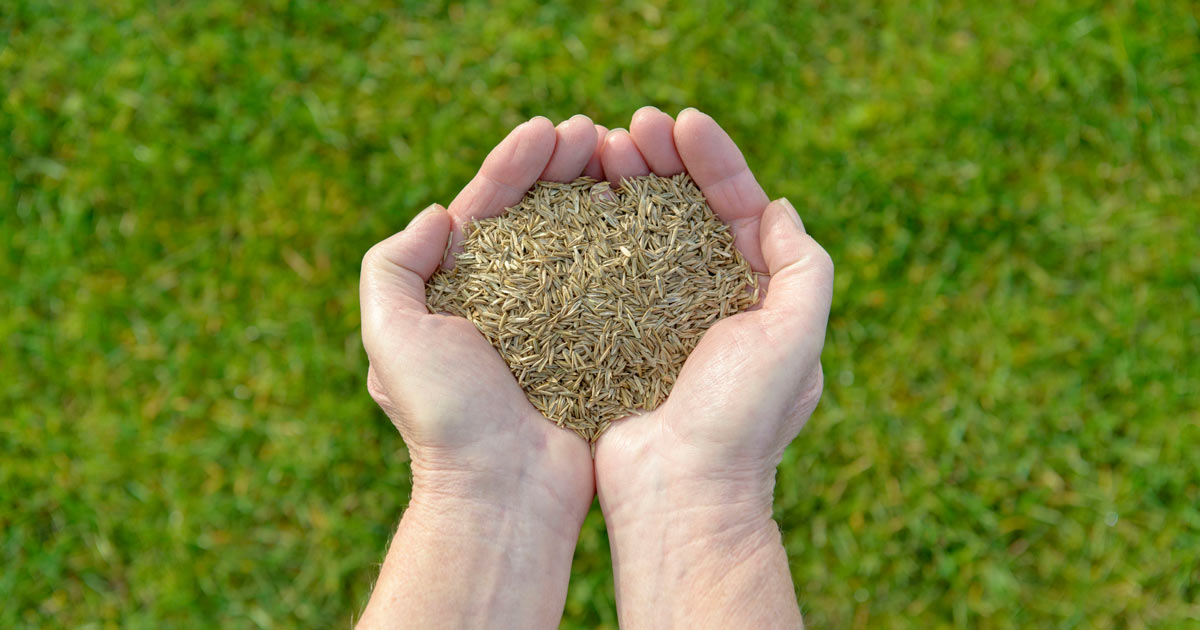
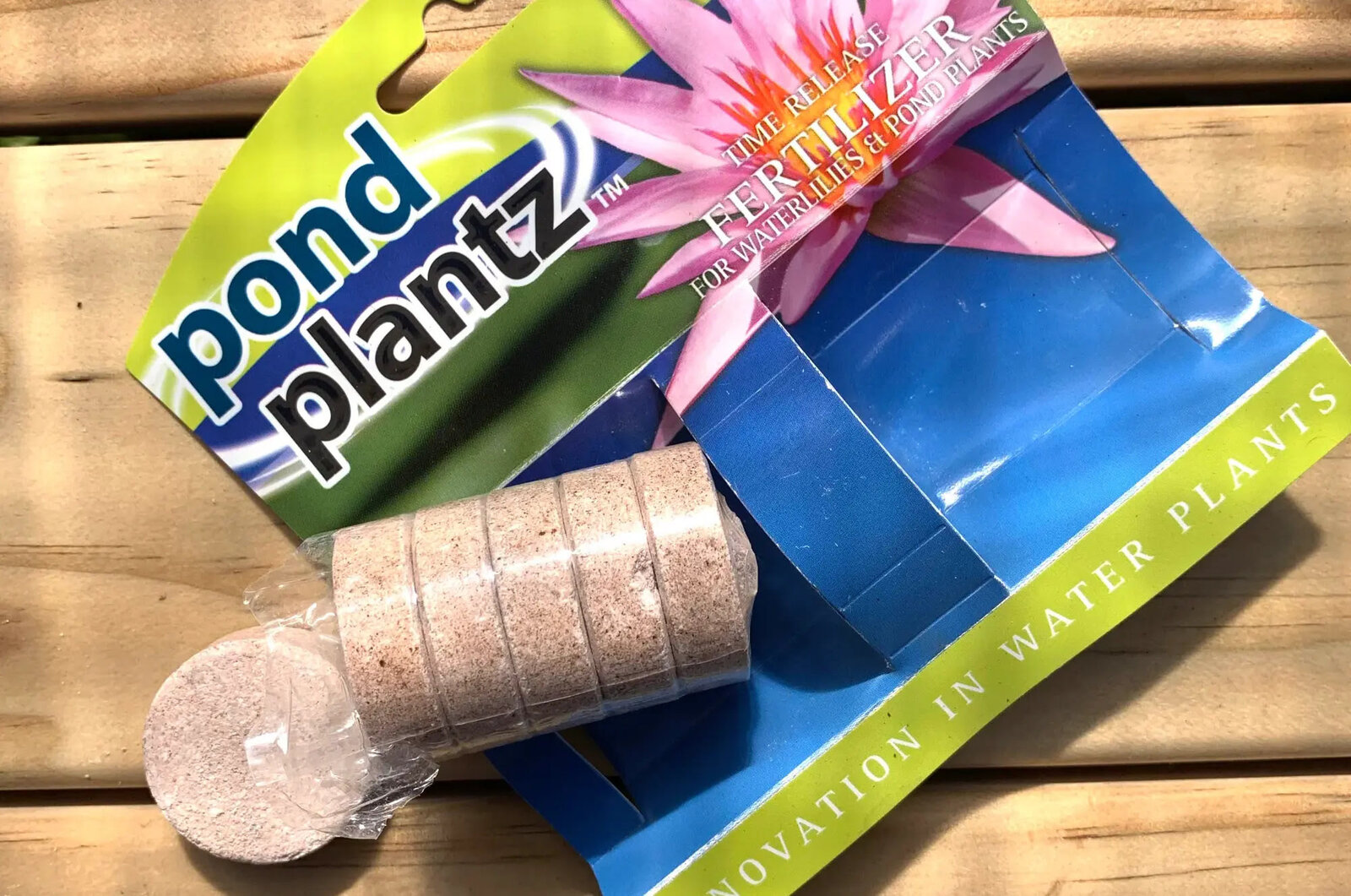
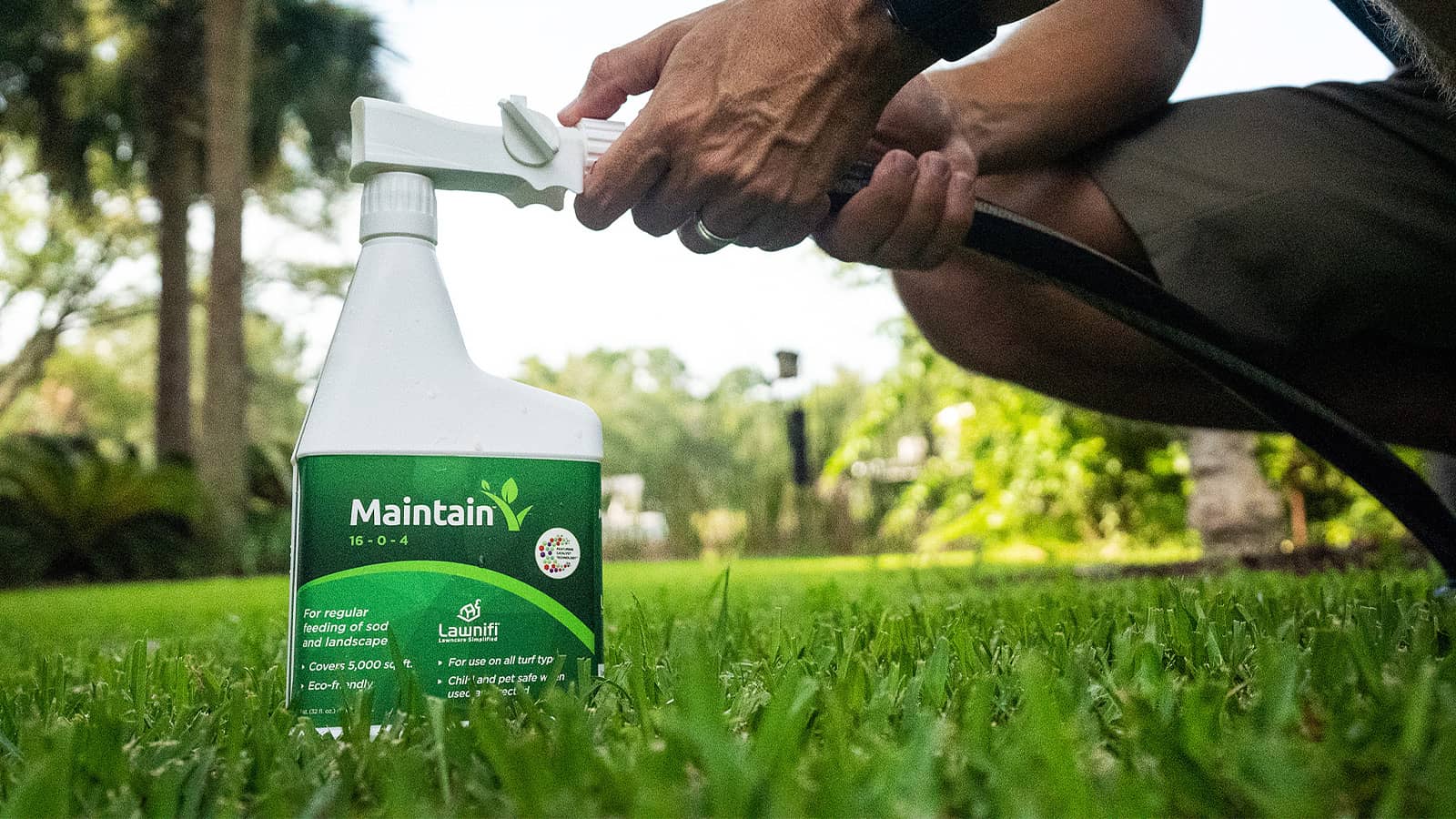
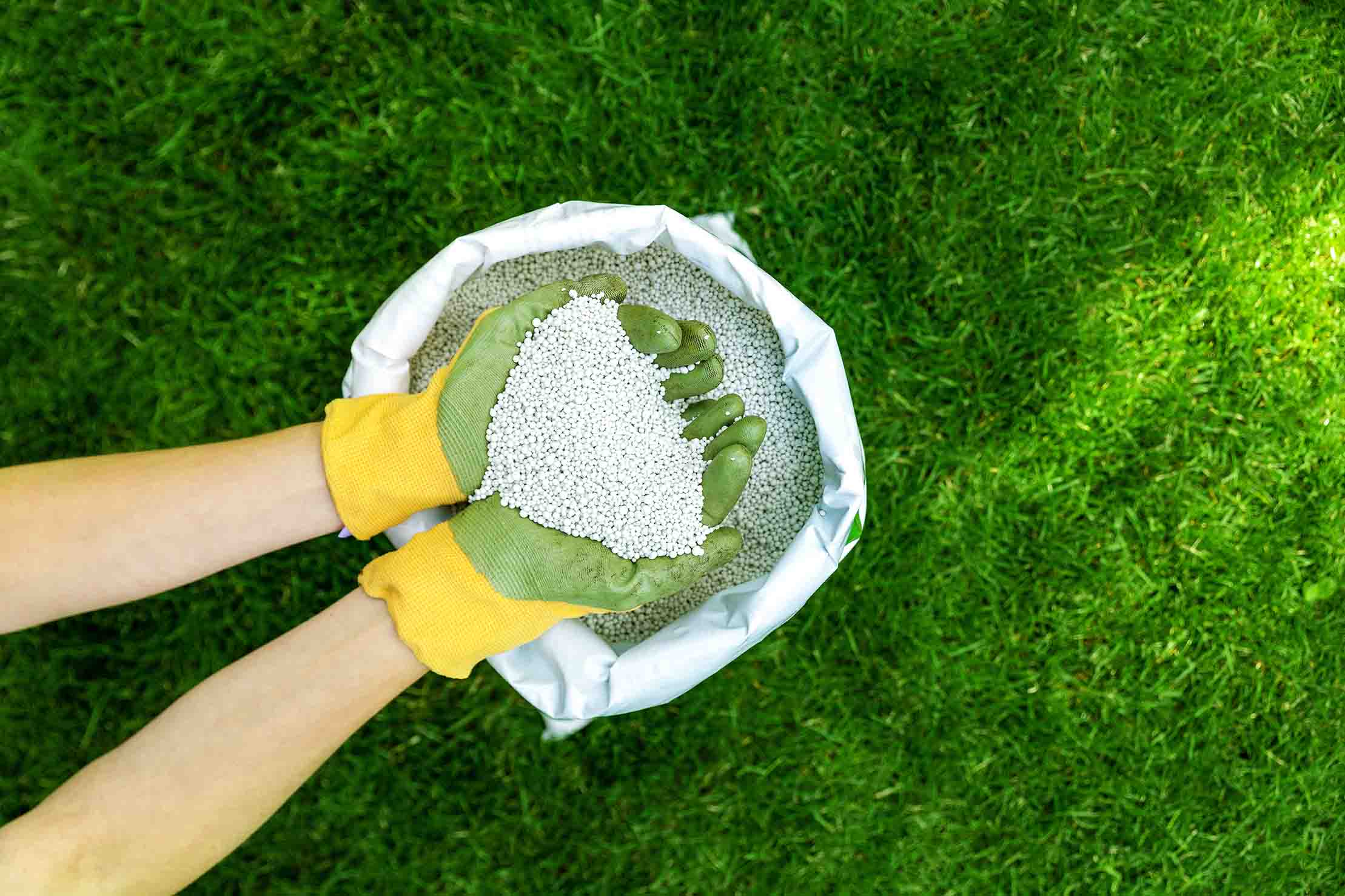
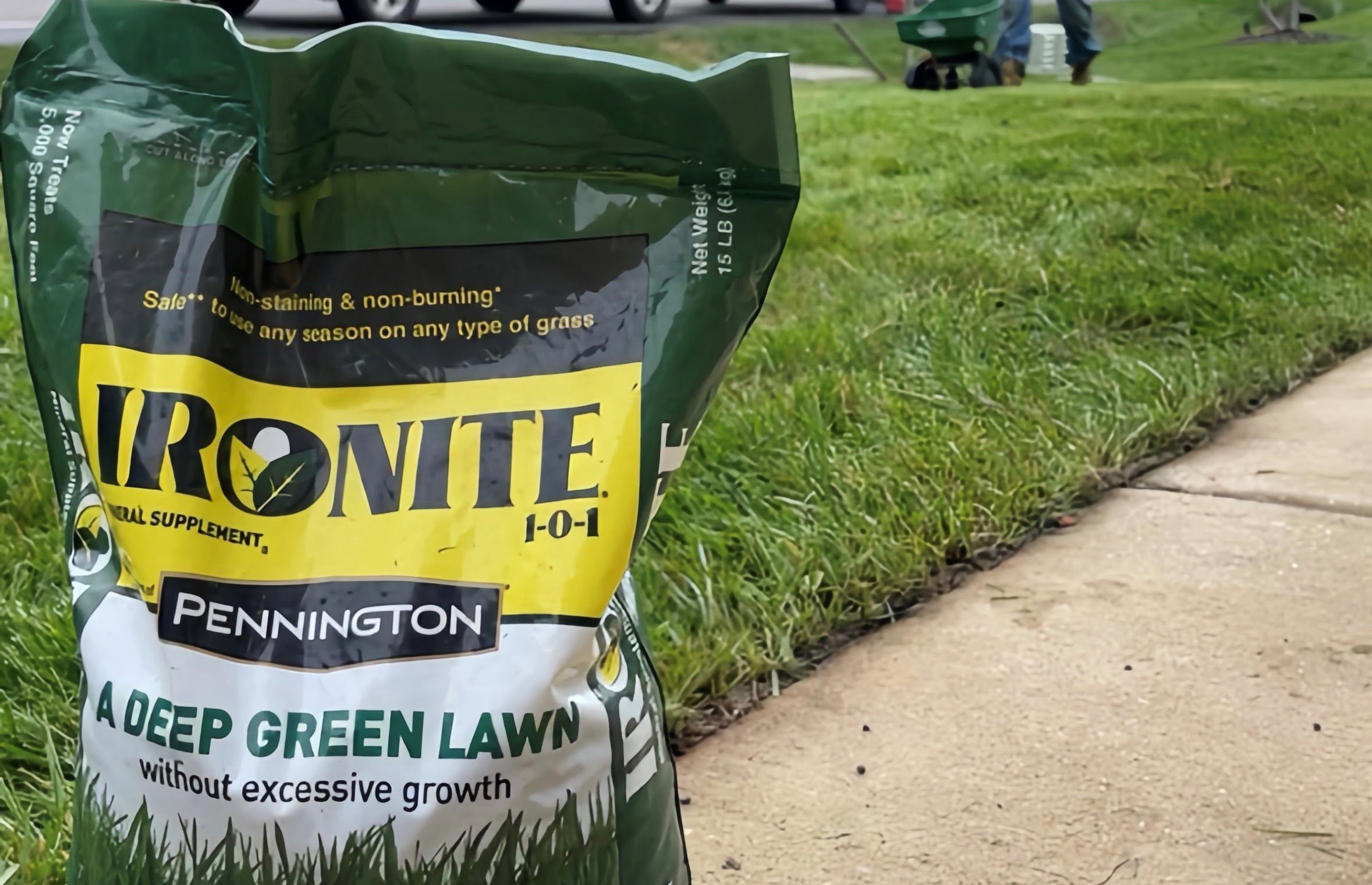
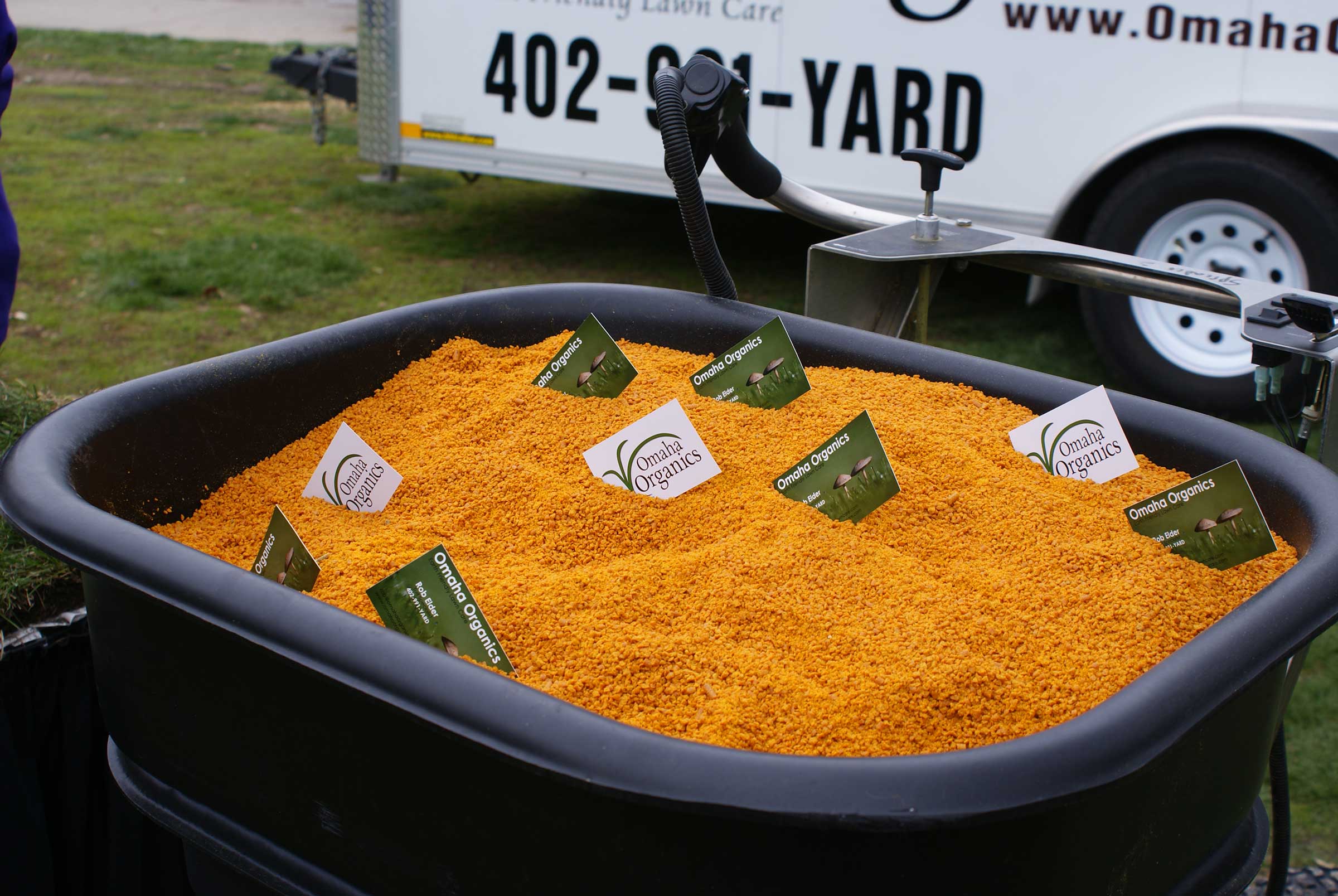
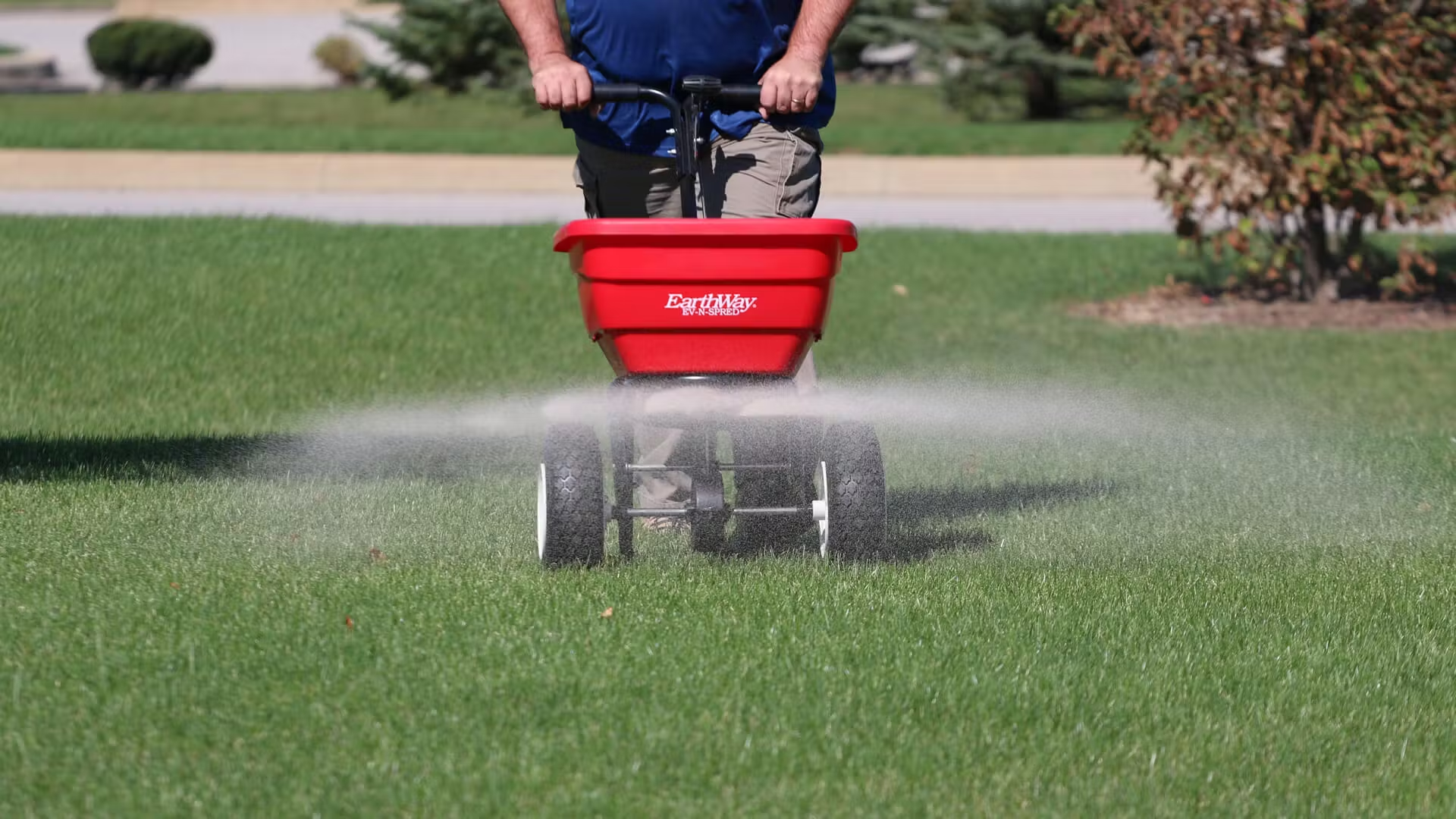

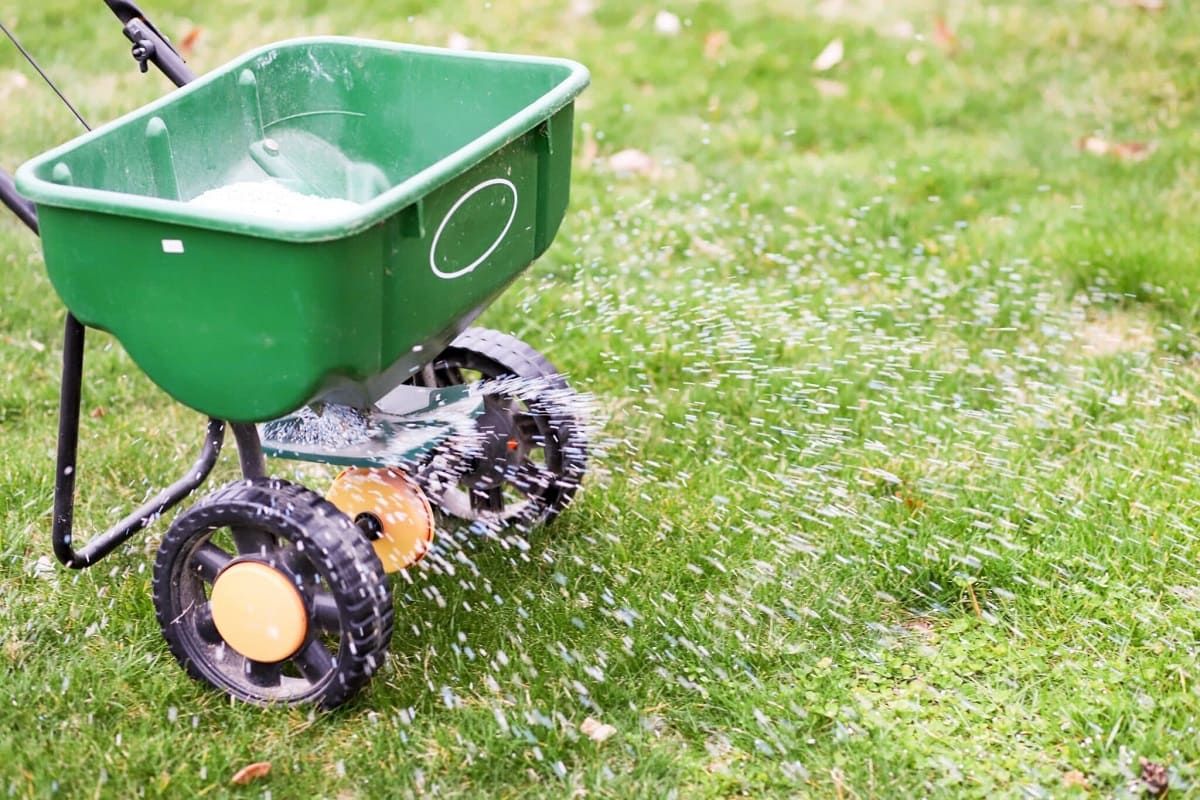
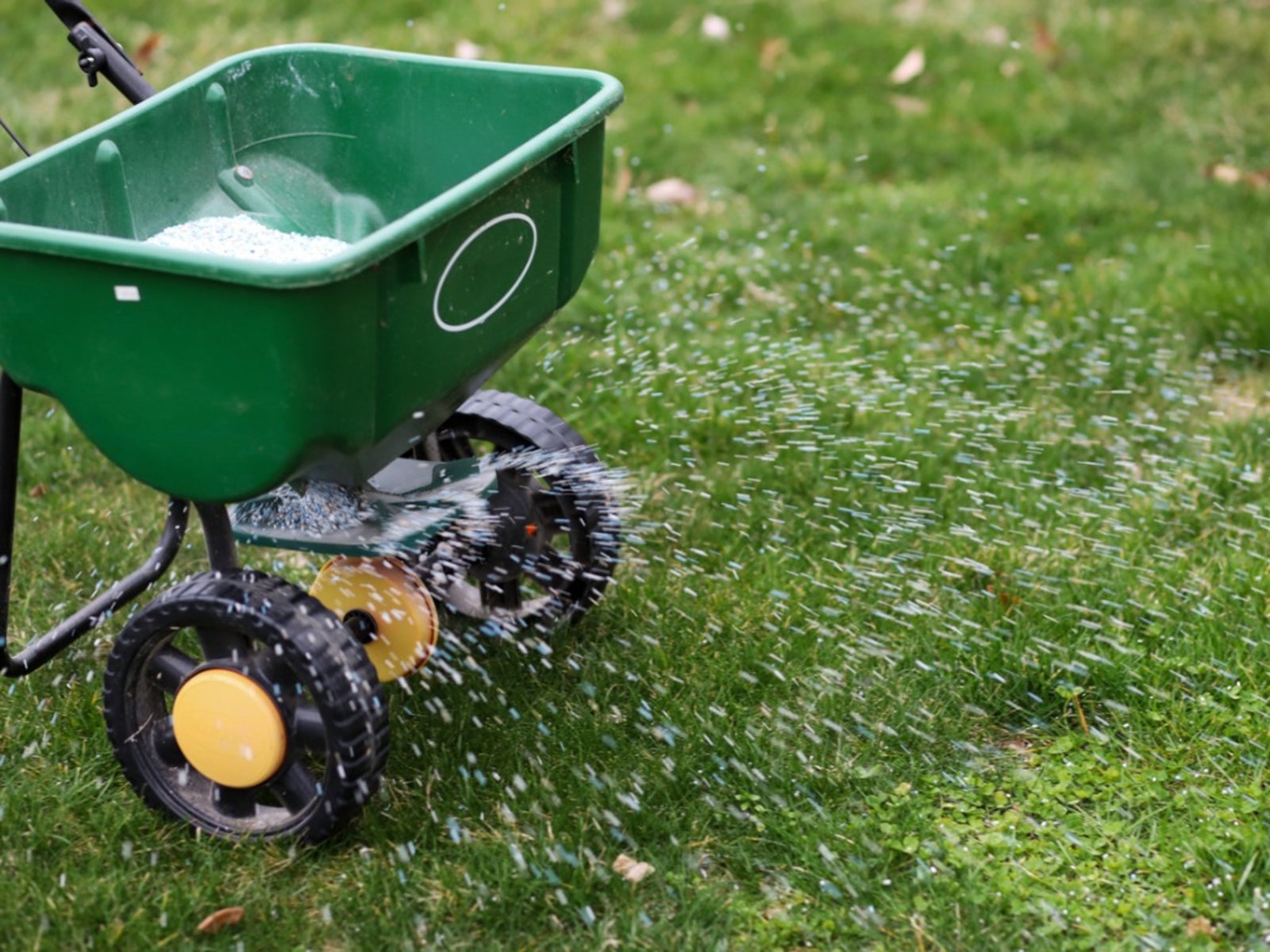
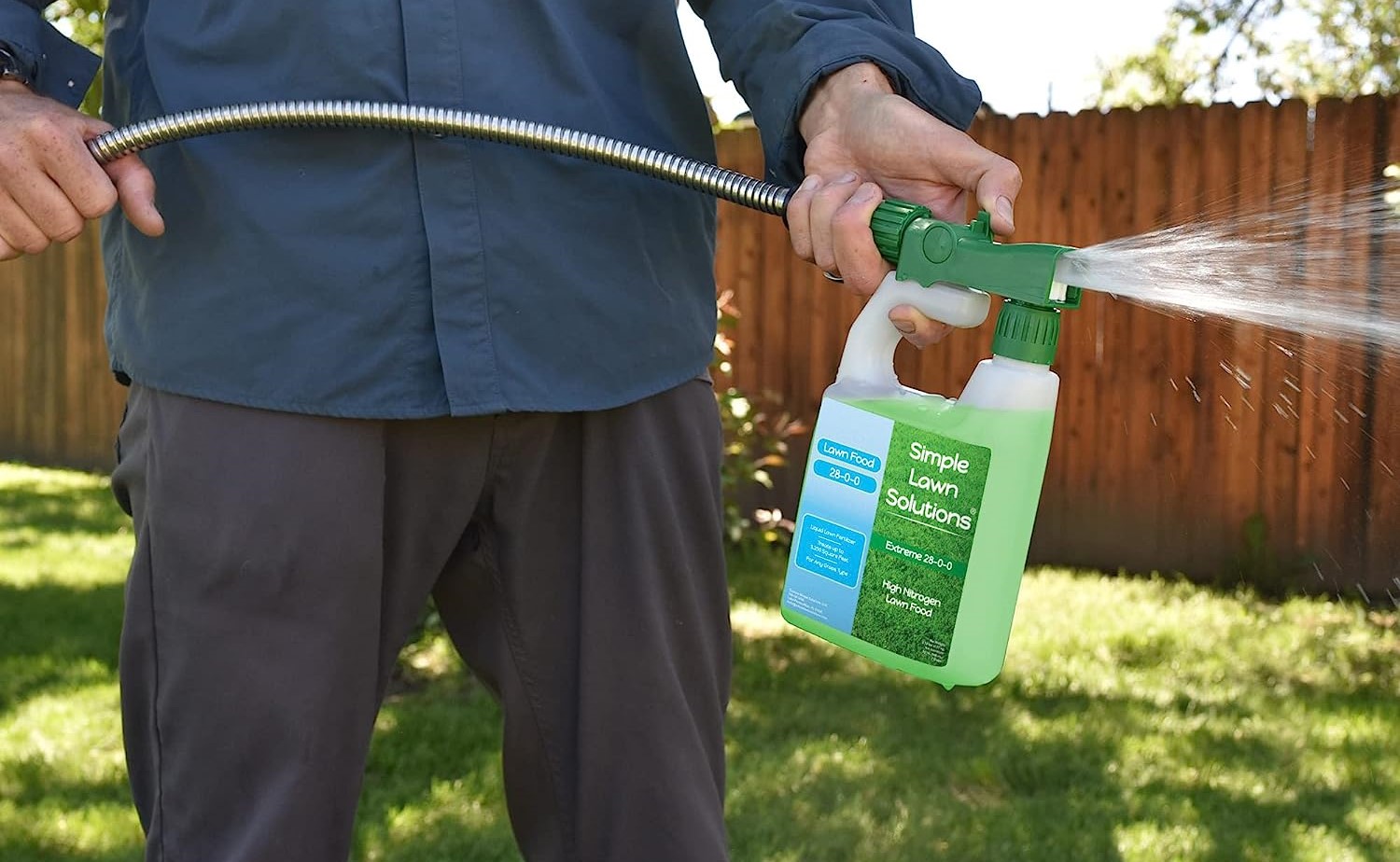
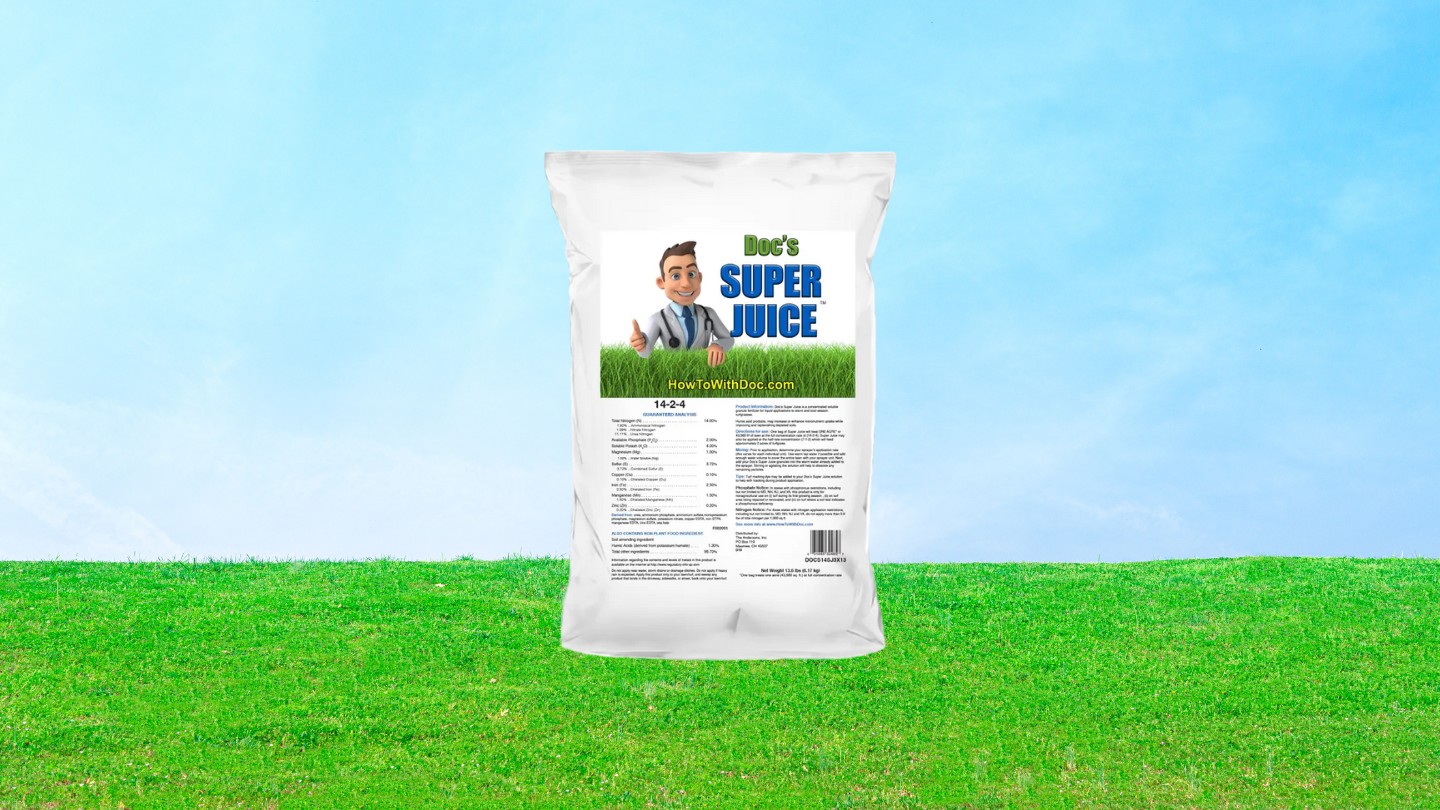
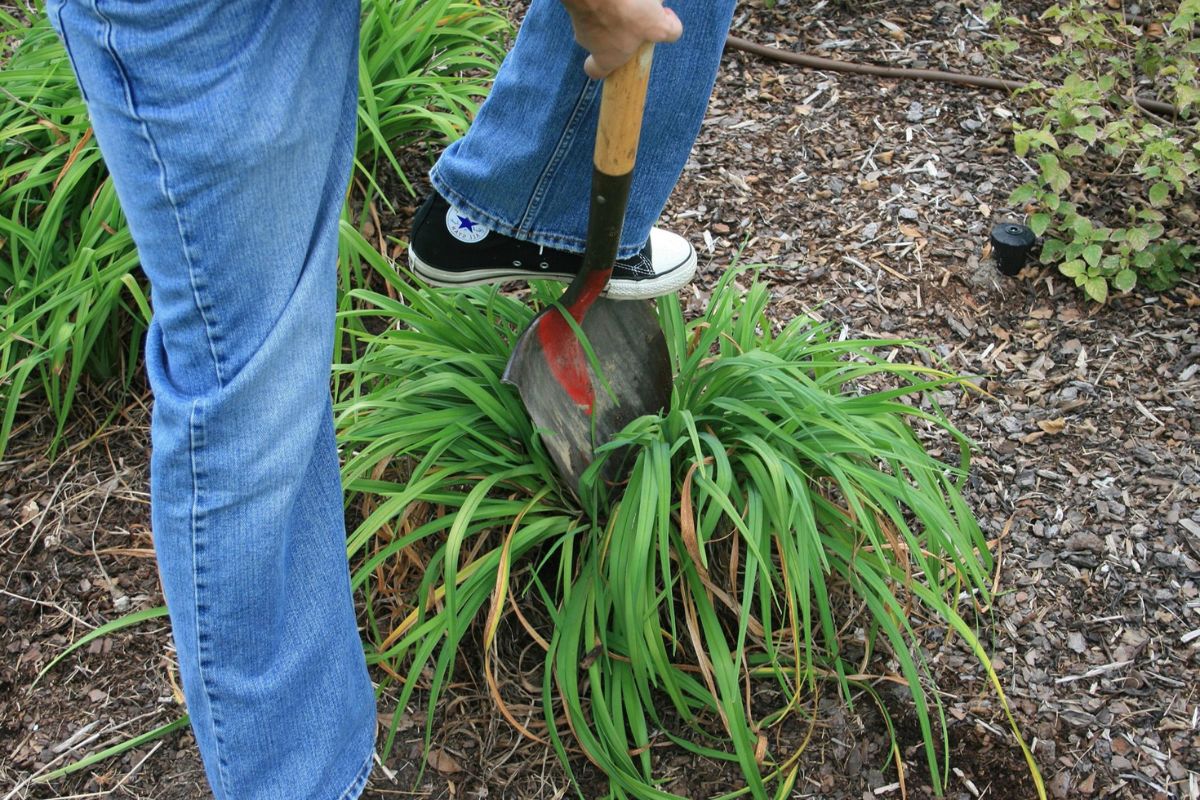
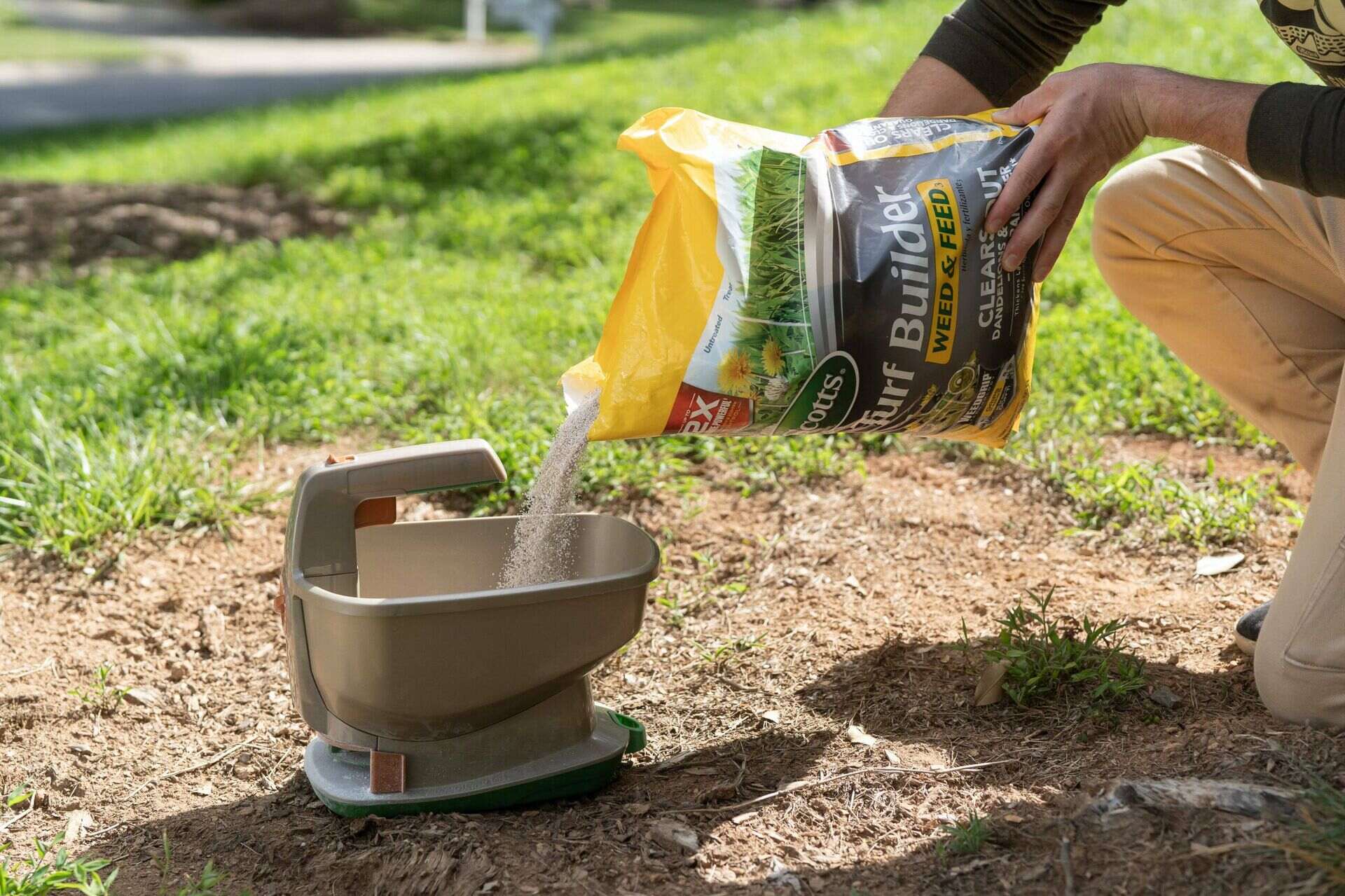

0 thoughts on “The Best Time To Fertilize Your Lawn In The South”